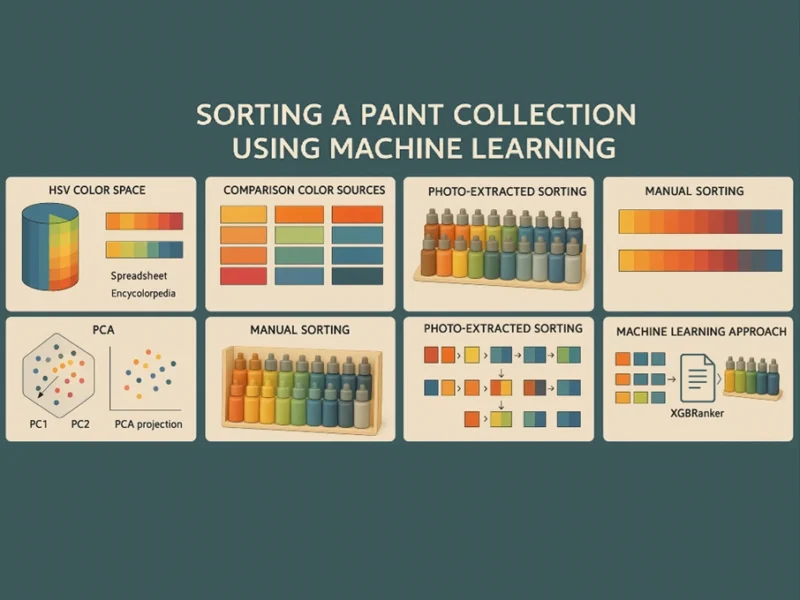Ferromagnetic Resonance (FMR) spectroscopy
Ferromagnetic resonance (FMR) is a powerful tool for investigating magnetism in materials. By applying a microwave field and measuring its absorption, FMR reveals details like a material's magnetization and damping. This excerpt explores the theory behind FMR, including the Kittel formula that describes the resonance condition. We'll also delve into ...
Spin pumping: An Introductory Overview
With STT, we have seen that a current can move magnetization, but the reciprocal effect is also possible, namely the generation of a spin current by magnetization motion. This phenomenon is called spin pumping and it is essential for developing spintronic devices, which utilize the spin of electrons rather than ...











